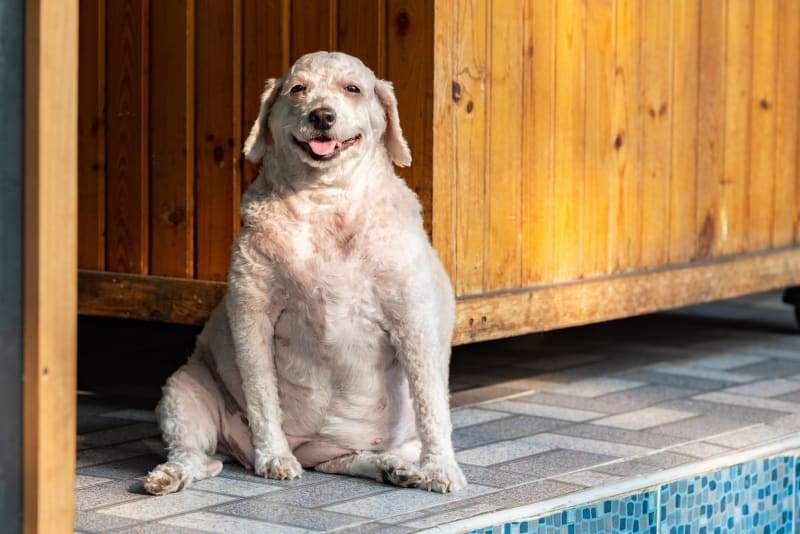
Maintaining a healthy weight is crucial for dogs as it can help prevent various health problems, such as diabetes, arthritis, and heart disease. If your dog is overweight, it's essential to take action and help them shed those extra pounds. Here are some tips to help your dog lose weight:
-
Consult with your veterinarian: Before starting a weight loss program for your dog, it's crucial to consult with your veterinarian. Your vet can determine your dog's ideal weight and recommend a diet and exercise plan tailored to their specific needs. They can also rule out any underlying health conditions that may be contributing to your dog's weight gain.
-
Measure your dog's food: Measuring your dog's food is an essential step in helping them lose weight. Many dog owners tend to overfeed their dogs, which can lead to weight gain. Use a measuring cup or a kitchen scale to ensure you're providing the correct amount of food based on your dog's weight and the type of food you're feeding them.
-
Choose high-quality, low-calorie food: The type of food you feed your dog plays a significant role in their weight loss journey. Choose a high-quality dog food that's specifically formulated for weight management. These foods are usually lower in calories and higher in fiber, which can help your dog feel fuller for longer. Avoid giving your dog high-calorie treats and table scraps as they can quickly add up and derail your dog's weight loss progress.
-
Increase exercise: Increasing your dog's exercise is another essential step in helping them lose weight. Take your dog for daily walks, and gradually increase the duration and intensity of their exercise routine. If your dog enjoys swimming or playing fetch, incorporate these activities into their exercise routine. Aim for at least 30 minutes of exercise per day, but consult with your veterinarian to determine the appropriate exercise plan based on your dog's age, breed, and overall health.
-
Monitor progress: Regularly monitor your dog's weight loss progress to ensure they're on track to reach their goal weight. Use a scale to weigh your dog regularly and keep a record of their weight. You should also monitor their body condition by feeling their ribs and spine. Ideally, you should be able to feel their ribs without seeing them, and their waistline should be visible when viewed from above.
In conclusion, helping your dog lose weight requires a combination of diet and exercise. Consult with your veterinarian, measure your dog's food, choose high-quality, low-calorie food, increase exercise, and monitor progress regularly. By following these tips, you can help your dog achieve a healthy weight, improve their overall health, and increase their lifespan.
